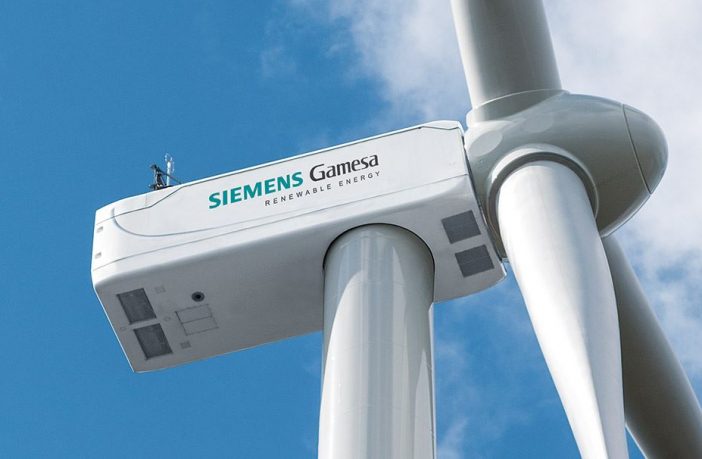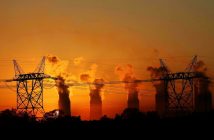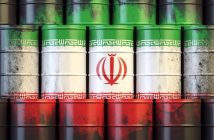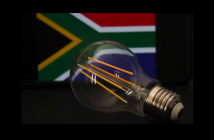- The company is leading the way to a zero-waste industry with the commitment to make turbines fully recyclable by 2040, with blades fully recyclable by 2030.
- Siemens Gamesa advances its ambition to have net-zero emissions by 10 years to 2040, including emissions from its value chain
Siemens Gamesa today launched an ambitious Sustainability Vision towards 2040 to ensure its contribution has the most significant impact on the future.
“At the heart of everything we do is a deep desire to improve our world through the provision of clean energy that will help to decarbonize the energy supply and tackle the threat of climate change. That purpose doesn´t just end with the provision of wind energy, however, and we are determined to take action across all our activities that will have a positive effect on the environment, our company, and society. Pushing the boundaries of sustainability is an important pledge to lead change now but also for the generations to come”, said Andreas Nauen, CEO of Siemens Gamesa.
Among the numerous projects and initiatives, the plan outlines a way to help achieve a decarbonized economy with the goal of reaching net-zero emissions by 2040, including emissions produced by the company’s whole value chain. Previously, the net-zero target was 2050.
To this end, the company will pursue opportunities to achieve a carbon intensity rate of zero-emissions per MW installed without any offset compensation measures. Some of the main actions will be replacing all new and existing heating and cooling systems with zero carbon alternatives, and self-generation in the wind farms and factories.
“We are committed to embedding sustainability into the entire lifecycle of our operations and our corporate vision. With this plan we continue to be a frontrunner, building on our existing sustainability achievements and effectively demonstrating how our business is working to create a better future”, Gregorio Acero, Head of Quality and HSE of Siemens Gamesa.
The wind industry is still relatively young and is aware of its responsibility of finding a sustainable way to deal with wind turbine components at the end of their life cycle. Most of the components of a wind turbine can already be recycled today, but wind turbine blades, specifically, do represent a challenge due to the materials used and their complex composition.
The business actively promotes the creation of a circular economy by identifying opportunities for large-scale product recycling, making turbine materials more sustainable and improving both waste and resource efficiency. To this end, the company announces an ambitious goal to redesign all its turbines to ensure a 100% recyclable turbine marketed by 2040 and fully recyclable blades by 2030. This step marks a milestone towards a fully recyclable wind turbine value chain.
Author: Bryan Groenendaal











